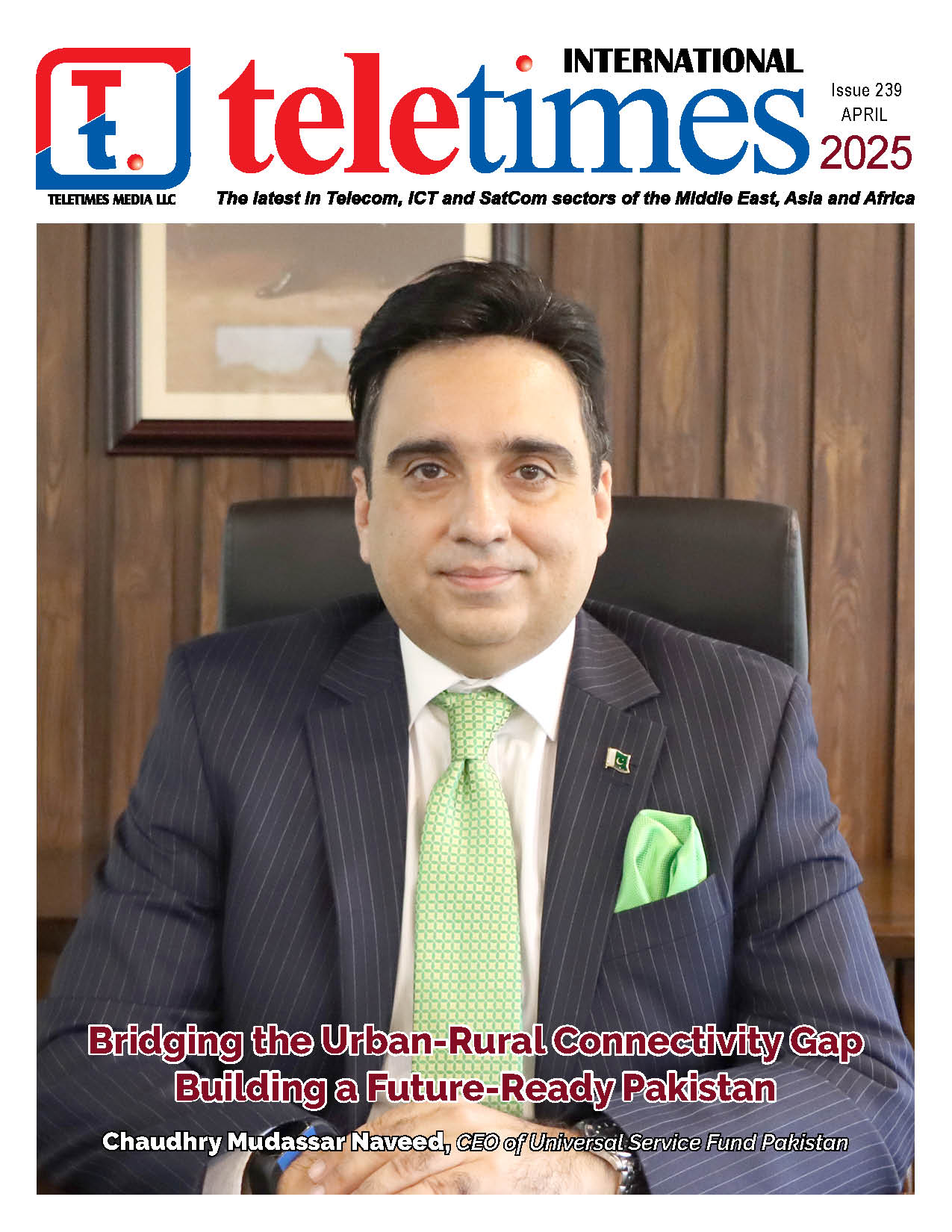Arnaud de Harenne, General Manager of Ogloba Middle East speaks with Teletimes about how telecom operators can revamp the prepaid plans and digital payments space
Ogloba provides GSM mobile operators, large retail organizations, and distributors with a complete financial and logistics platform which enables them to operate and manage their gift cards, cell phone top-ups and money transfer operations.
Ogloba’s vision is to design, implement and manage a range of innovative customer engagement and transactional solutions for merchants and businesses, helping them adapt to the changes in our digital era. Our aim is to help our clients create and maintain meaningful relationships with their customers by offering secure, flexible and scalable in-store, e-commerce and m-commerce platforms for gifting and loyalty programs, top-ups, money transfers and public transport payment.
In your opinion, how do you look at telecom operators’ approach between a preference for prepaid or postpaid plans?
Every smartphone user has different needs. Telecommunication companies from all around world try to offer the best mobile plans to the customers that best respond to the users’ multiple lifestyle. There has been a considerable debate over the better option in choosing between prepaid and postpaid mobile plans. Many variables drive the decision making between the two options, whether is it the contract, fees, controlled spending or other special services. Many questions arise when it comes to adopting one of the two options. Several studies based on the analysis of customers of multiple mobile operators shows a significant difference between how prepaid and postpaid customers use their mobile phone services. As a first result, we found that postpaid users are more active and on average make more calls towards more people as compared to prepaid users.
Mobile operators shifted their focus to postpaid mobile plans rather than the prepaid one. The prepaid mobile plans were dominant in the early 2000, allowing mobile operators to lower the barriers to entry of new customers at a low cost. Today mobile operators tend to push postpaid plans that offers better retention rates.
Does the prepaid ecosystem need to be reinvented to allow for more flexibility for the users?
The questions is, “Can we replace the traditional prepaid plan with new solutions that better fit in our modern era?”
And the answer is, “Yes we can”. Our team understands that the distribution margin for prepaid top-ups is getting extremely tight, and that the volumes are dramatically decreased each year, as well as a very high increases in credit collection risks. The prepaid distribution network is impacted by a combined effect that sees its volume and margin decrease. As such, it is imperative that operators look at prepaid plans with a different approach altogether.
How would you propose to revamp the approach towards prepaid?
One way is to enable customers to recharge any amount by using a mobile app. In this context, mobile operators started implementing their own payment wallets that offer real-time top-up along with loyalty programs and other advantages. Through several means of distribution, they promote their wallet and benefit from different methods to recharge them.
Some of the advantages the app guarantees are related to loyalty programs, remittances and other third-party services. The process is simple: points are earned when the prepaid account is recharged. Loyalty points are also earned when third party products or services are purchased through the app. These points can be consumed in supermarkets, restaurants and fashion stores thanks to digital shopping cards available in the app. Shopping cards can be topped-up either by points conversion or using the wallet. Members redeem points in the app against shopping cards. The same shopping cards can be topped up with the mobile app balance. This reflects an increase in buying power and promotional offers that customers love.
How is this model supported by the digitization of retail brands?
Now that the retail brands are directly connected to the app, they are able to sell their shopping cards directly to the mobile operator that buys them to reward its customers. Eventually, supermarket cashiers will accept payments with the app QR code. Customers are incentivized to top-up their mobile account with their app balance. This new top-up channel co-exists with the direct and indirect channels. As a result, the distribution costs are reduced.
What role can Ogloba play in this regard?
Ogloba offers an out-of-the-box technology; and shares its expertise with the mobile operators in order for its customers experience to be at its finest. Like any other industry, telecommunication was redefined to suit the continuously changing customer needs. With our technology, a new prepaid eco-system is born. The Ogloba platform manages mobile top-ups in the mobile operators’ app along with a loyalty program and the issuance of shopping cards. A digital era offers the best advantages to bring people closer together under the context of a new ecosystem. This is what several platforms are vowed to offer by managing mobile top-ups, loyalty programs and shopping cards to permit a unique customer experience and help them in their daily life.











